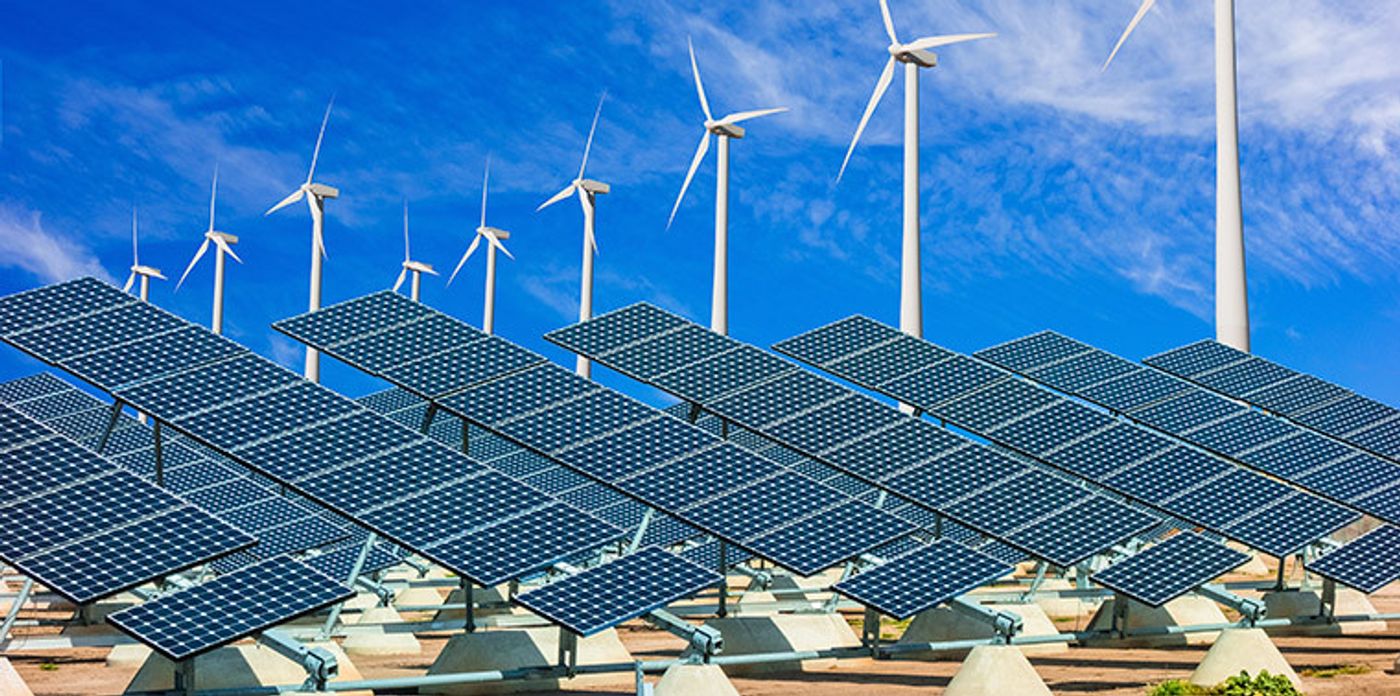Betting on Solar in 2017
According to the numbers from 2017, the world is investing in solar! Globally there was a growth of 98 gigawatts of new solar capacity last year, trumping any other sort of energy building capacity. There was also a record financial investment seen worldwide, topping investment in any energy field at $160.8 billion. The UN’s recently published report, “Banking on Sunshine: World Added Far More Solar than Fossil Fuel Power Generating Capacity in 2017,” explains that solar accounted for 57% of 2017’s “total for all renewables (minus large hydro)”.
"The world added more solar capacity than coal, gas, and nuclear plants combined," said Nils Stieglitz, President of Frankfurt School of Finance & Management. "This shows where we are heading, although the fact that renewables altogether are still far from providing the majority of electricity means that we still have a long way to go."
So, what’s the push for solar? From a glance, it seems to be China. China accounted for 53 gigawatts ($86.5 billion invested) of the 2017 global total for solar capacity. That’s up 31% from 2016. Australia (up 147% to $8.5 billion), Mexico (up 810% to $6 billion), and Sweden (up 127% to $3.7 billion) also saw more interest and investment in solar energy last year. This could in part be due to the fact that solar electricity has experienced decreasing costs – the report quoted that solar photovoltaic technology costs in 2017 decreased to $86 per megawatt hour, a fall of 15%.
"The extraordinary surge in solar investment shows how the global energy map is changing and, more importantly, what the economic benefits are of such a shift," said UN Environment head Erik Solheim. "Investments in renewables bring more people into the economy, they deliver more jobs, better quality jobs, and better-paid jobs. Clean energy also means less pollution, which means healthier, happier development."
But for some countries, more so than others, the way to go is even longer. The US saw a 6% fall in investment, Japan a drop of 28%, Europe slipped 36%, Germany down 35%, and the UK a whopping 65%. And to top it off, despite the rise in renewables from last year, fossil fuels still account for the preexisting energy resources capacity. In 2017, renewables (excluding large hydro) generated a mere 12.1% of world electricity. Scientists say that this number must rise to dominate global energy capacity within the next three decades if we are to stay on par with the goals from the Paris climate accords.
Yet, to end on a positive note, let’s think about all of the carbon dioxide emissions that renewable sources of energy are keeping out of the atmosphere: roughly 1.8 gigatons! That’s about as much that the US’s transportation system generates, so keep it up, and keep it solar!
Sources: Reuters, UN Environment, Business Green









